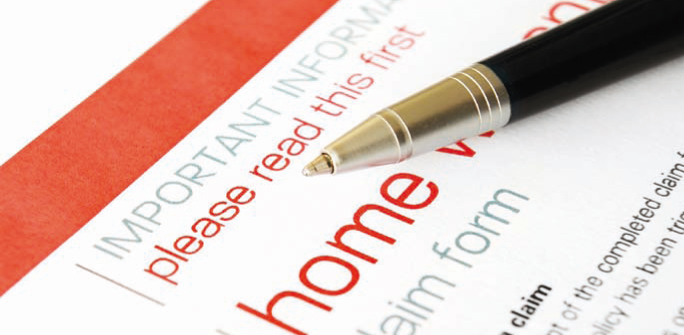 One of the joys of fall is seeing the harvest come in from those fruit and vegetable gardens that you labored over so loyally all summer. The time and trouble pays off when you realize, as you savor that incredible “fresh from the garden” flavor, what those who purchase edibles from the grocery store are missing. They think all produce tastes exactly the same, rather than appreciating the vast variety available for the feast.
One of the joys of fall is seeing the harvest come in from those fruit and vegetable gardens that you labored over so loyally all summer. The time and trouble pays off when you realize, as you savor that incredible “fresh from the garden” flavor, what those who purchase edibles from the grocery store are missing. They think all produce tastes exactly the same, rather than appreciating the vast variety available for the feast.
Too bad that same blandness is often mistaken for the reality of insurance. Commodity? You must be kidding. Aren't all forms fairly standardized now, with little variation? Hasn't the sheer commonality of package coverages rendered the entire buying decision down to price—oh, and service, of course?
That's about as accurate a picture of insurance market reality as seeing a photo of a tie-dye while listening to a Zeppelin MP3 recreates the '60s.
Recommended For You
Want to continue reading?
Become a Free PropertyCasualty360 Digital Reader
Your access to unlimited PropertyCasualty360 content isn’t changing.
Once you are an ALM digital member, you’ll receive:
- Breaking insurance news and analysis, on-site and via our newsletters and custom alerts
- Weekly Insurance Speak podcast featuring exclusive interviews with industry leaders
- Educational webcasts, white papers, and ebooks from industry thought leaders
- Critical converage of the employee benefits and financial advisory markets on our other ALM sites, BenefitsPRO and ThinkAdvisor
Already have an account? Sign In Now
© 2025 ALM Global, LLC, All Rights Reserved. Request academic re-use from www.copyright.com. All other uses, submit a request to [email protected]. For more information visit Asset & Logo Licensing.








